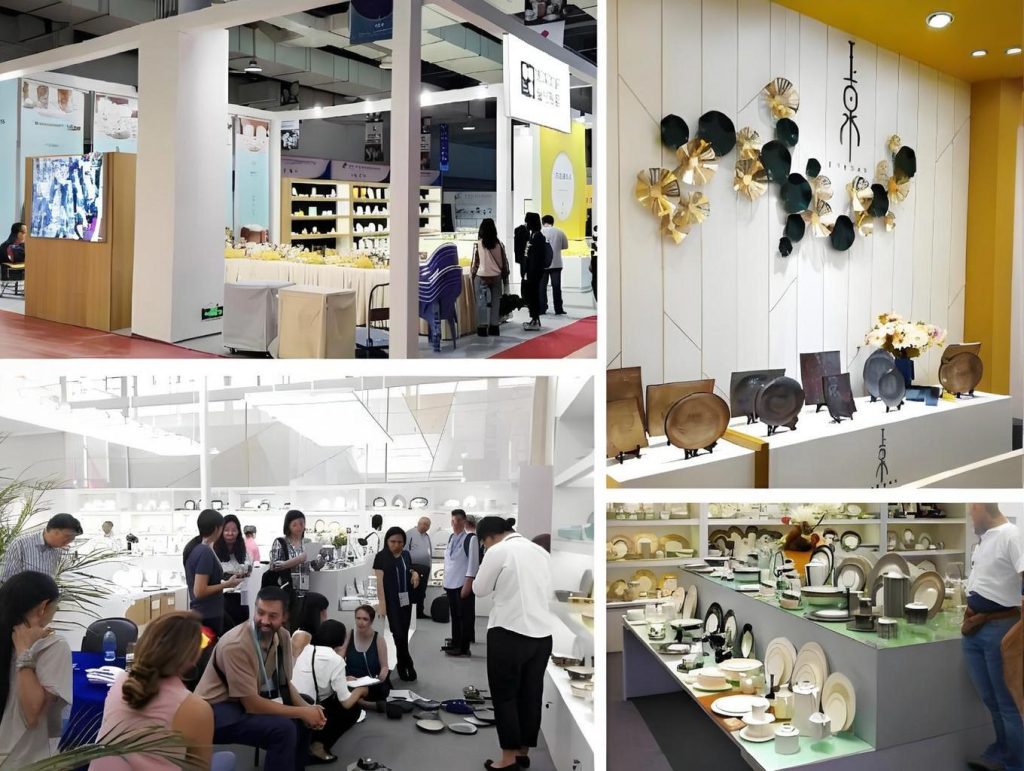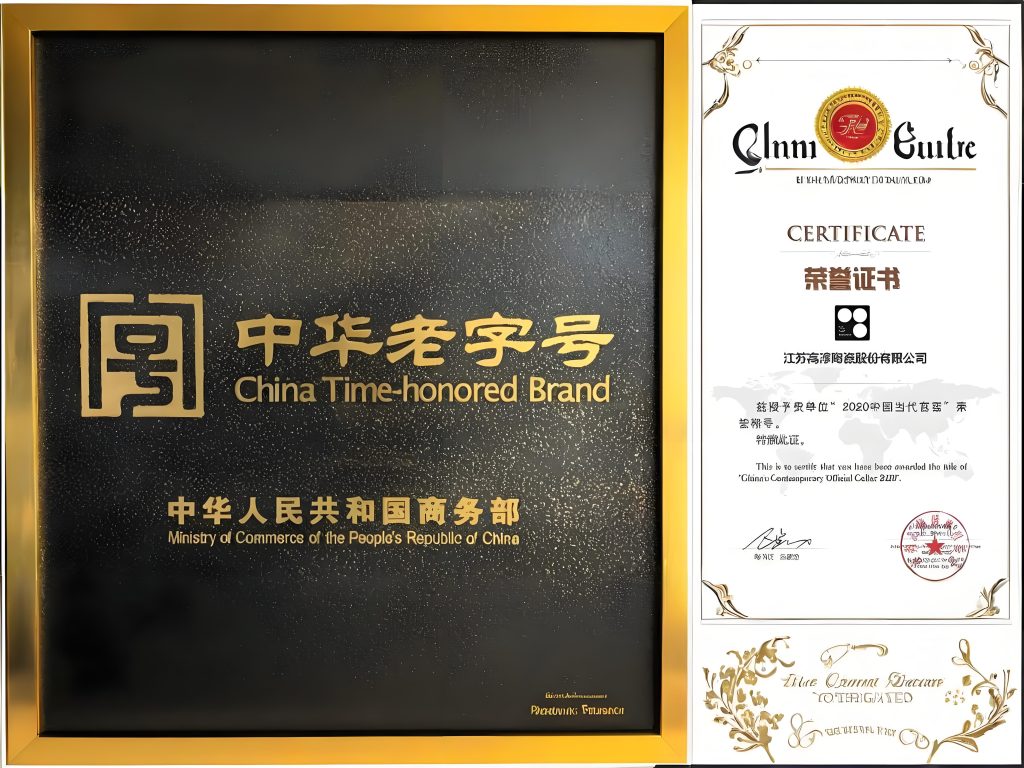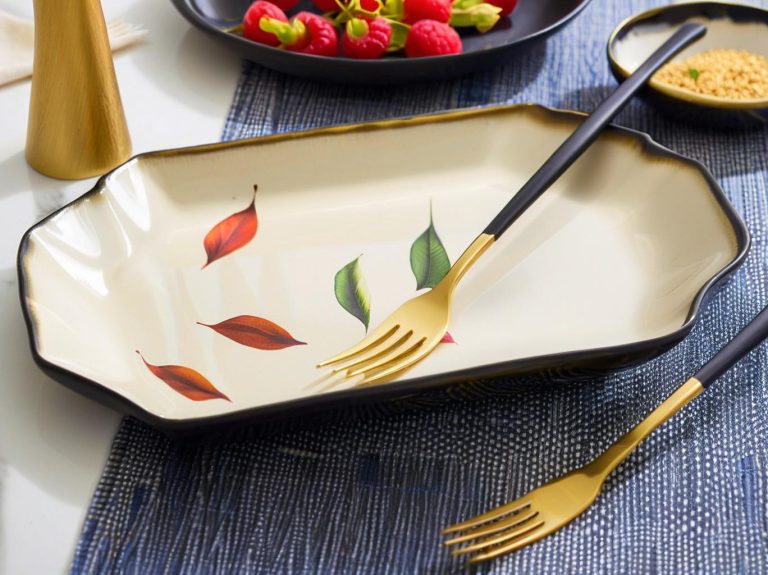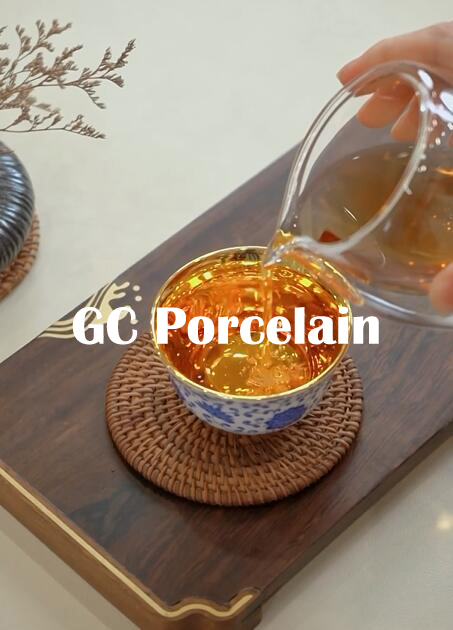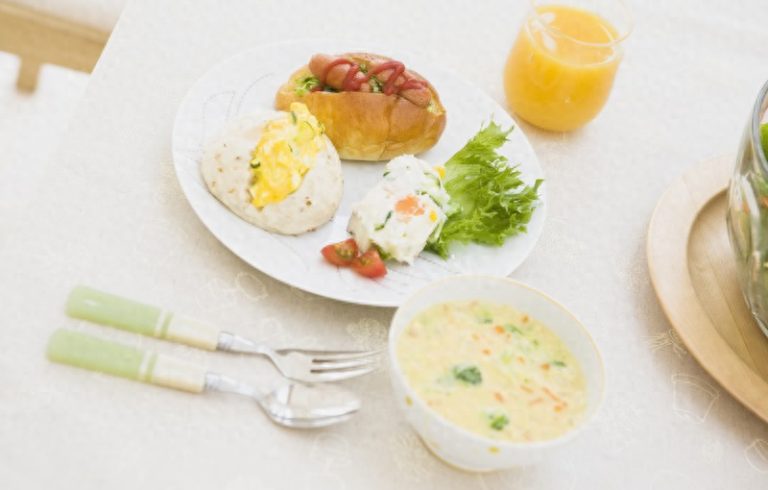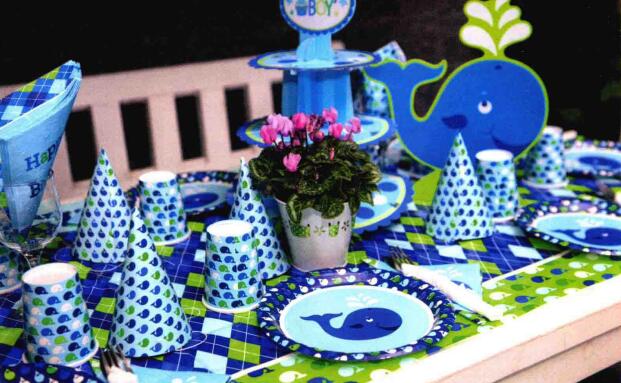Why are young people starting to “splurge” on tableware?
Honestly, I never cared much about plates before. They just needed to work.
Then I ate at a friend’s place. She had these deep blue gradient bowls. They glowed softly under the lights. Even simple pasta looked special.
That’s when it hit me. Dishes aren’t just tools. They’re the stars of your table.
I dove into Quora and Reddit recently. People talk a lot about dinnerware and colored glaze. This topic runs deeper than I thought. Ancient ceramic craft meets today’s “looks matter” culture. Colored glaze is making a quiet comeback.

Why Do We Suddenly Care About Plate Colors?
Real Talk from Reddit: “Dishes Changed My Life”
On r/HomeDecor and r/Cooking, people share similar stories.
“Got matte black glazed plates. Now I actually cook at home. White plates felt boring. These make even fried eggs photo-worthy.” — u/MinimalistKitchen
Another popular comment hit home:
“Colored glaze benefit? Made this lazy person learn plating. The plates look good. Food automatically looks better.”
This reminds me of something from Quora. The Diderot Effect. One quality item upgrades your whole life. Nice dishes might start your journey to better meals.
Quora Expert View: Glaze Isn’t Just “Pretty”
A ceramic engineer on Quora explained something cool. Colored glaze requires serious skill:
- Glaze composition: Mineral ratios determine final colors. Copper creates blue-green tones.
- Firing temperature: A few degrees change everything.
- Surface texture: Matte, glossy, crackle. All come from process variations.
A veteran tableware manufacturer posted this insight. “Real colored glaze grows inside the ceramic. It’s not sprayed on later. That’s why good pieces stay bright for decades.”
True story. I bought cheap “colored dishes” once. The color faded in six months. Turns out it was just surface coating. Not traditional glaze at all.
Why Is Colored Glaze Getting Popular?
1. Social Media’s “Beauty Economy”
Instagram and lifestyle apps changed the game. The #dinnerware tag isn’t just product shots anymore. It shows entire lifestyles. Soft-toned glazed plates with natural light? Thousands of likes guaranteed.
Reddit had an interesting discussion:
“Why did our parents use white bowls? Why do we spend hundreds on colored ones?”
Top answer nailed it. “Because our generation turned meals into social currency.” We don’t just share food. We share lifestyle through our dishes.
2. Ancient Craft Meets Modern Design
A Quora art history buff mentioned something fascinating. Colored glaze dates back to Tang Dynasty China. Think Tang Sancai pottery. Song Dynasty celadon and Jun ware too. Those were only for royalty back then.
Not anymore. New tableware manufacturers blend tradition with Nordic minimalism:
- Japanese wabi-sabi: Irregular glaze flow. Every piece unique.
- Color blocking: Deep green with gold trim. Misty blue with matte black.
- Function upgrades: Microwave safe. Dishwasher friendly. (This matters!)
One Reddit user complained:
“Bought gorgeous handmade glazed bowls. Seller said no microwave. Almost returned them. Kept them anyway. Too beautiful to refuse.”
3. “Healing” Emotional Value
This comes up repeatedly in Reddit mental health threads. Someone started collecting different colored dishes post-pandemic. Picking a favorite bowl each morning became their daily joy.
Color psychology research shows:
- Blue glaze: Calming. Perfect for dinner.
- Orange/yellow glaze: Appetite boosting. Great for breakfast.
- Green glaze: Natural feel. Pairs beautifully with salads.
I thought this sounded far-fetched. Then I tried it myself. Dark dishes really do slow you down at meals.
Buying Colored Glaze: Avoid These Traps
Quora Warning: Not All Colored Dishes Are “Glazed”
A 15-year ceramic industry veteran shared key points:
✅ Real glaze:
- Color has depth variations. Glaze flows naturally.
- Feels warm and slightly textured.
- Price reflects craft cost.
❌ Fake glaze (coating):
- Unnaturally uniform color.
- Too smooth. Almost plastic-like.
- Fades or scratches over time.
Many tableware manufacturers write “ceramic dinnerware with color coating” in descriptions. That’s not traditional colored glaze.
Reddit Horror Stories: Look Beyond Aesthetics
One user shared this:
“Bought stunning gradient dishes. Bowl rim design felt weird. The glaze texture on my lips was uncomfortable. Learned that poorly finished glaze feels rough.”
Another reminder: Weight indicates quality. Too light means corners cut. Too heavy becomes impractical. Professional tableware manufacturers balance beauty with function.
The Future: Not Just Nostalgia
Environmental Trend
Someone asked on Quora: “Is colored glaze eco-friendly?”
The answer surprised me. Way greener than coating methods. High-temperature firing needs no chemical coatings. Nothing harmful releases during use. Some forward-thinking tableware manufacturers now use recycled ceramic fragments. They create speckled “regenerated glaze” pieces.
Customization Wave
Reddit increasingly discusses “bespoke dinnerware.” Small studios accept custom color requests from clients. They match specific color cards. Expensive, yes. But ultimate romance for uniqueness seekers.

Final Thoughts: Don’t Underestimate Your Dishes
After reading all these discussions, one thing stands out. Our definition of “living well” evolved.
We used to think basic function sufficed. Just eat and use. Now we realize nice dishes make ordinary meals worth anticipating. This isn’t pretentious. It’s finding reasons to slow down in rushed lives.
The colored glaze revival reflects something deeper. People reassess everyday objects. They’re not just functional. They’re emotional containers.
Next time you visit a home store, linger at the dinnerware section. Touch those glazed bowls and plates. Imagine them on your table.
You might understand like I did. “Life needs ritual. Ritual starts with one beautiful bowl.”
If you have any questions or need to custom dinnerware service, please contact our Email:info@gcporcelain.com for the most thoughtful support!





